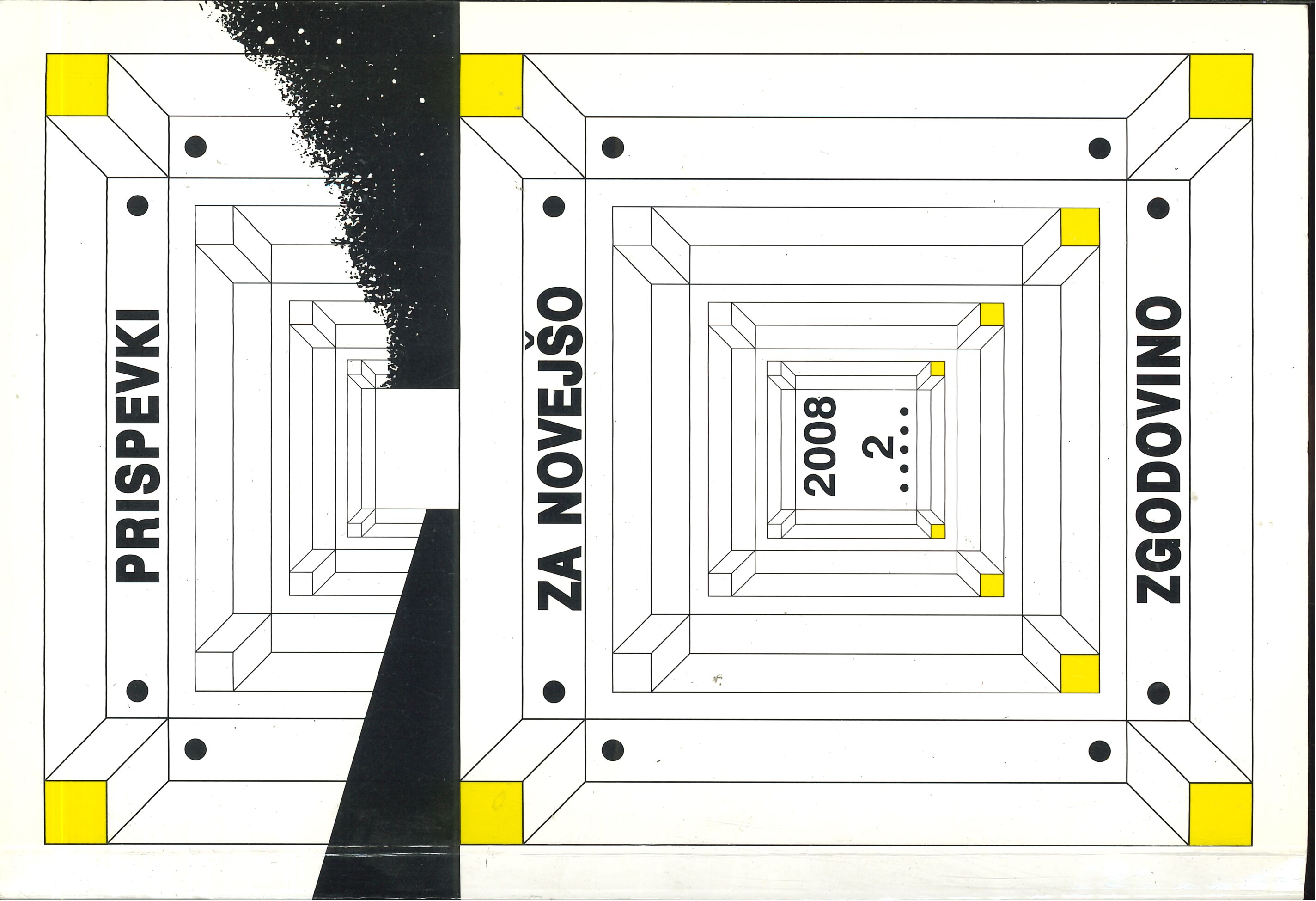German Fortification in Lower Styria towards the End of World War II
Keywords:
Slovenia, Styria, World War II, German occupiers, defence, fortification, retreat of the German ArmyAbstract
On the basis of literature and archive sources from the Archive of the Republic of Slovenia and several museums, the author looks at German fortification in the Lower Styria region towards the end of World War II. The article includes the findings based on extensive work in the field and on memory material. As soon as in the second year of the war, the Germans in Lower Styria lived in fear of the partisans. This fear was greater in those parts of the territory where the liberation movement was stronger. The Germans started fortifying their strongholds. In the autumn of 1944, the German authorities started building a fortified defence line at the south-eastern border of the German Reich in order to defend themselves from the advancing Yugoslav army. In the rear of the fortified defence line they also carried out fortification works of local importance in order to protect railways and important strongholds. The fortification activities in Lower Styria were managed by the Steiericher Heimatbund (Styrian Patriotic Alliance). The manual labour was carried out by the population of Lower Styria, some workers were brought from Austria and some even from the Soviet Union; many of them were foreign prisoners of war. Despite significant investment the fortifications were not of any use to the German Army, because it did not defend itself at this fortified defence line, but during their retreat towards Austria.
Downloads
Published
Issue
Section
License
Authors who publish with this journal agree to the following terms:
- Authors retain copyright and grant the journal right of first publication with the work simultaneously licensed under a Creative Commons Attribution License that allows others to share the work with an acknowledgement of the work's authorship and initial publication in this journal.
- Authors are able to enter into separate, additional contractual arrangements for the non-exclusive distribution of the journal's published version of the work (e.g., post it to an institutional repository or publish it in a book), with an acknowledgement of its initial publication in this journal.
- Authors are permitted and encouraged to post their work online (e.g., in institutional repositories or on their website) prior to and during the submission process, as it can lead to productive exchanges, as well as earlier and greater citation of published work (See The Effect of Open Access).


